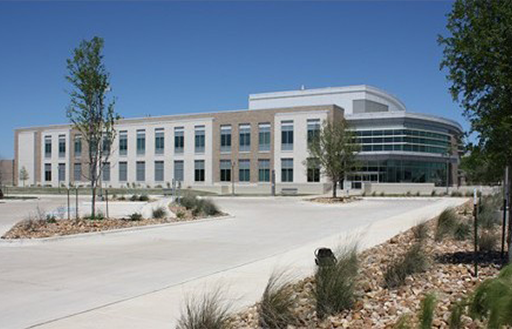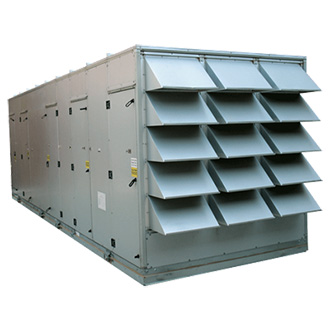A premier veterinary research institution requires the latest, state-of-the-art clinical, imaging and operating equipment. But, without the proper atmospheric environment, this multi-million dollar equipment is obsolete.
This was the challenge faced by HTS Texas in providing custom air handling equipment for Texas A&M’s Institute for Pre-Clinical Studies in College Station, Texas. The newly constructed, 112,000-square-foot research building houses sophisticated surgical laboratories and imaging equipment, in addition to a large animal hospital and incubator space for start-up biomedical companies.
With the goal of providing LEED-certified HVAC equipment, HTS Texas met U.S. Food & Drug Administration Good Laboratory Practice regulations and accomplished it all on time and on budget. Working hand-in-hand with the engineers of Shah Smith & Associates, general contractor Vaughn Construction and Garrett Mechanical, HTS Texas provided both custom equipment for the surgical space and more cost-effective cooling units for non-clinical rooms.
Shah Smith & Associates and Garrett Mechanical selected Haakon 62,000-cubic-feet-per-minute (CFM) air-handling units (AHU) with energy recovery devices and a Haakon a 29,000 CFM AHU, along with two McQuay 15,000 CFM AHUs and three 4,500 CFM Munters custom desiccant units utilizing both chilled water and R-410a refrigerant for the procedural rooms. HTS also provided one 275-ton McQuay air cooled chiller and Danfoss variable frequency drives. This equipment was selected to maintain 45-65°F DB with 50 percent relative humidity in the animal operating suites.
“Because the building included space for both highly-regulated clinical areas, and less environmentally stringent office space, we provided a combined solution for the client,” said Mike Donovan, principal of HTS Texas. “In doing so, we met the high equipment standards of the university, as well as the budget goals for the project.”
As a result, the Texas Institute for Pre-Clinical studies, completed in the summer of 2009, now stands as a model of basic research and a multi-disciplinary service, training and engineering powerhouse.


